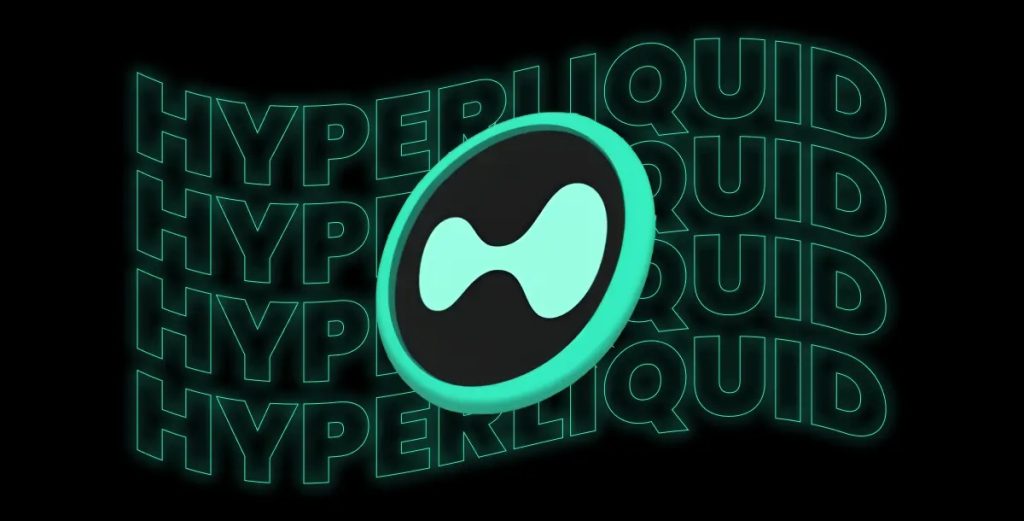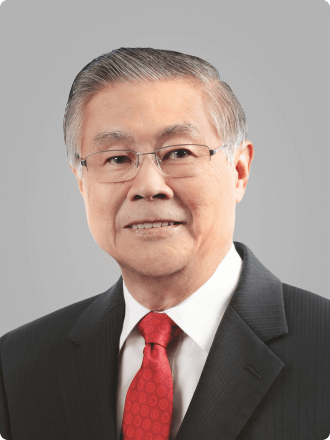In the competitive landscape of decentralized finance (DeFi), Hyperliquid has rapidly emerged as a dominant force. This decentralized exchange (DEX), built on its own blockchain, has become the leading platform for perpetual futures trading, commanding an estimated 70–80% of the market. Its user base has expanded significantly, with the platform distributing its HYPE token to approximately 94,000 early adopters. It now consistently processes around $8 billion in daily trading volume, rivaling established giants like Robinhood, and its 30-day fee revenue reached nearly $100 million, second only to Tether and Circle.
Yet, this innovation carries inherent risks. The volatility of assets such as XPL—a pre-listing perpetual on Hyperliquid notorious for extreme price swings and manipulation—highlights a double-edged sword: flexible design can also facilitate exploitation. While the platform offers immense opportunity, the risks, often shouldered by retail traders, are equally significant. Hyperliquid’s story is thus a dual narrative of groundbreaking speed and the high-stakes nature of speculative capital.
What is Hyperliquid?
Hyperliquid is a high-performance decentralized exchange that has become the premier venue for trading perpetual futures contracts. Its core innovation lies in its architecture: rather than building on an existing network like Ethereum or Solana, it is a purpose-built, standalone Layer 1 blockchain specifically designed for decentralized derivatives trading.
This foundational decision enables Hyperliquid to optimize every aspect of its system—consensus mechanism, order matching, and transaction processing—for one goal: matching the speed and user experience of top-tier centralized exchanges (CEXs) like Binance, while preserving the self-custody and transparency of DeFi.
The platform offers sub-second execution times, minimal fees, and a sophisticated on-chain central limit order book (CLOB), a transparent system that matches buy and sell orders at specific prices, similar to traditional exchanges. Users get a CEX-like experience but retain full control of their assets, making Hyperliquid a rare hybrid that captures the best of both centralized and decentralized trading.
The Hyperliquid Value Proposition: Speed, Simplicity, and Stakeholder Alignment
Hyperliquid’s value proposition centers on technical innovation, global accessibility, and economically aligned tokenomics. Its core breakthrough is a fully on-chain central limit order book powered by its custom HyperBFT consensus and parallel processing architecture. This allows the platform to confirm trades in approximately 0.2 seconds and handle up to 200,000 orders per second—performance that enables professional trading strategies previously impractical in decentralized environments.
This technical foundation provides CEX-level speed with DeFi’s transparency and self-custody. The platform achieves sub-second block times and low fees while maintaining a non-custodial structure, appealing to both retail and institutional traders.
Hyperliquid also offers permissionless global access without stringent KYC requirements, attracting users in restrictive regulatory jurisdictions. This accessibility includes innovative features like pre-listing perpetuals, which allow trading of perpetual contracts for tokens before they launch on spot markets. While this positions Hyperliquid at the forefront of price discovery, it also introduces substantial risk, as seen with tokens like XPL, where limited liquidity and absence of external price anchors can lead to manipulation and extreme volatility.
The platform’s tokenomics are equally innovative. Hyperliquid launched without traditional venture capital, instead distributing a substantial portion of its HYPE token supply directly to early users via a massive airdrop. This turned users into stakeholders from the outset and avoided the selling pressure typical of VC-backed projects. Moreover, the protocol directs 99% of all trading fees to buy back HYPE from the open market, creating an economic flywheel where trading activity directly supports token value.
This alignment of incentives among traders, token holders, and platform growth establishes a new model for sustainable value accrual in decentralized exchanges. While offering unprecedented access and efficiency, Hyperliquid also exposes users to heightened volatility and potential manipulation, especially in newer markets like pre-listing perpetuals. The platform effectively builds risk into its architecture, providing opportunities for all participants while placing risk management responsibility squarely on users.
Positioning: From Newcomer to Market Leader
Initially, Hyperliquid was one of many contenders in the crowded DeFi perpetuals landscape, competing with established names like dYdX. It positioned itself as an ambitious, technically proficient underdog, built by a team of just 11, including founder Jeff Yan, a former algorithm developer at Hudson River Trading.
Today, its positioning is fundamentally transformed. Hyperliquid now commands a staggering 70–80% of the decentralized perpetual futures market. It no longer competes solely with other DEXs but challenges the largest CEXs globally. It has consistently outperformed Robinhood in trading volume and is gradually eroding Binance’s dominance, with its volume ratio to Binance growing from 8% to 13.6% in recent months. With daily spot volume reaching $3.4 billion, it is also rapidly becoming a major spot market venue.
Why Hyperliquid Gained Momentum
Hyperliquid’s rapid ascent stems from a powerful convergence of strategic incentives, product-market fit, and technical innovation. The project captured significant attention through its monumental airdrop, which distributed billions of dollars in HYPE tokens to early users, simultaneously rewarding its community and generating substantial viral momentum.
The platform’s core appeal lies in its trader-centric offerings: high leverage of up to 40x, a seamless centralized exchange-like experience, and deep liquidity. This combination has attracted performance-driven traders seeking alpha in a high-efficiency environment.
Beyond trading features, Hyperliquid’s tokenomics create compelling reasons to hold and use HYPE. The unique 99% fee-buyback mechanism establishes a direct value accrual model for token holders, distinguishing it from governance tokens with ambiguous utility. Strategic technical expansions, including native cross-chain Bitcoin deposits and the development of HyperEVM—enabling external projects to build atop Hyperliquid’s liquidity—have further expanded its utility and reinforced network effects.
The Hyperliquid Effect: Reshaping DeFi’s Future
Hyperliquid’s trajectory provides valuable insights into the evolution of trading and decentralized finance, serving as a noteworthy case study in alternative business and development strategies within the cryptocurrency sector.
A fundamental lesson lies in its focused product execution. By constructing a dedicated Layer 1 blockchain specifically designed to overcome the performance limitations of decentralized perpetual trading, the team achieved user experience parity with leading centralized exchanges—addressing a critical barrier that has long hindered decentralized alternatives.
From a business perspective, Hyperliquid’s avoidance of traditional venture capital funding prevented the typical selling pressure associated with investor token unlocks. Instead, allocating substantial initial token supply directly to users created immediate alignment between early adoption and ownership, cultivating a deeply engaged community.
Economically, the platform’s tokenomics represent a significant innovation. Redirecting nearly all protocol fees to token buybacks establishes a transparent value-redistribution mechanism that directly ties token utility to platform performance, moving beyond the abstract governance models prevalent in DeFi.
Ultimately, Hyperliquid challenges the long-held assumption that centralized platforms inherently dominate complex trading products due to superior performance. Its expanding market share indicates a shift in trader preferences and demonstrates that well-architected decentralized infrastructure can effectively compete across critical dimensions including speed, liquidity, and user experience.
Conclusion
Hyperliquid represents a significant advancement in decentralized finance, addressing the performance gap between DEXs and CEXs through its purpose-built Layer 1 blockchain. It delivers low-latency execution and advanced trading features while retaining the transparency and self-custody benefits of DeFi.
The project offers valuable lessons in protocol design and tokenomics, showcasing how specialized architecture can overcome the limitations of general-purpose networks. Its economic model—redirecting almost all trading fees to token buybacks—establishes a sustainable mechanism for value accrual, addressing a common challenge in DeFi.
From a market perspective, Hyperliquid’s growth indicates that traders prioritize performance and incentives over platform type. Its ability to capture meaningful share from centralized exchanges suggests that decentralized infrastructure can compete in core trading arenas long dominated by incumbents.
For ventures looking to understand or implement similar DeFi infrastructure, consulting with established experts can provide valuable guidance. To explore how decentralized infrastructure can empower your venture, speak to the experts at ChainUp.




